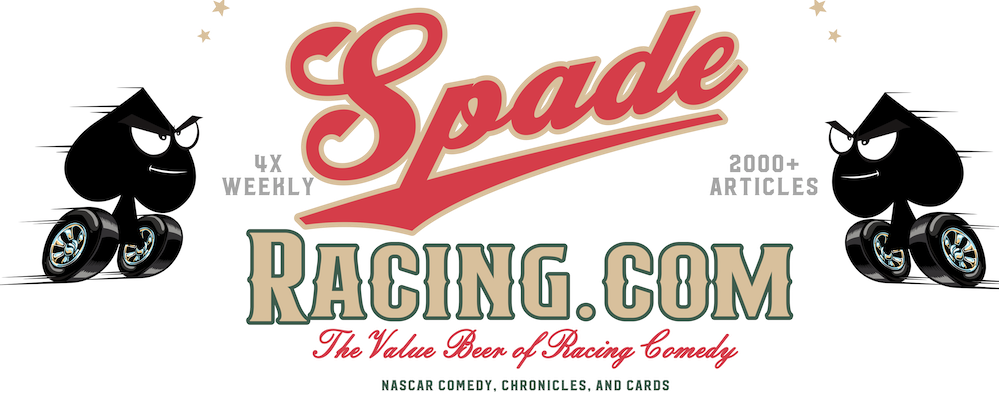Imagine a team winning ten championships, then sliding a bit down the Nascar totem pole but still winning races. Imagine this team making driver and manufacturer changes, then shutting down due to a lack of sponsorship. Then imagine this team simply starting up again a year later.
Well, that was Petty Enterprises in the mid-1980’s, as Nascar’s most-fabled team dealt with change, controversy, and closing down, only to restart again a year later.
To the shock of the Nascar world, Richard Petty departed his family-owned team to run for music impresario and politician Mike Curb in 1984, taking sponsor STP and car number 43 with him. Originally Richard’s deal was to run with engine support and possible partial ownership from the RahMoc team, only for the RahMoc-Curb portion of the three-way agreement to fall apart. In order to salvage his season, having already signed an agreement with Curb, Petty brokered a deal to run with DiGard engines for 1984. While DiGard was known for making stout, powerful engines, they were also known for being notoriously difficult to do business with.
Most fans know the highlights of Richard Petty’s 1984 season—wins number 199 & 200, the latter of which came with president Ronald Reagan in attendance. However, friction behind the scenes between Curb and DiGard regularly threatened to derail the team’s efforts. In fact, a payment disagreement almost saw DiGard repossess an engine right out of Richard’s race car—at the Firecracker 400 race where he’d win his 200th race! Not surprisingly, the Curb-DiGard agreement was allowed to expire.
Meanwhile, over at Petty Enterprises, things weren’t much better. The switch to Ford saw Kyle slip in drivers’ points from 13th to 16th. However, a greater cause may have been the external pressures of running for Nascar’s most-famous team. Forced to race under his father and grandfather’s enormous shadows, Kyle had the added pressure and responsibilities of trying to run part of the business side of the team. Feeling he needed to get back to being a driver-only, as well as needing to establish himself away from the Petty homestead in Level Cross, Kyle left the team at the end of the season—taking his sponsorship (7-Eleven) and car number (7) as his father did before him—to longtime Ford team Wood Brothers Racing.
1985—1 IS THE LONELIEST NUMBER
 |
| Dick Brooks and the unsponsored Petty Enterprises #1 Ford |
In 1985 Kyle Petty would have a breakout year for the Wood Brothers, finishing in the top-ten in drivers’ points for the first time on the back of seven top-five race finishes. However, there was little else to celebrate around the Petty family otherwise. While Richard had gotten away from the fractious Curb-DiGard engine agreement, he was now stuck with racing engines from, of all people, Dan Gurney’s All-American Racers, an open-wheel team in which Curb had an ownership stake. The 43’s on-track performance suffered greatly as the team frequently dealt with engine failures, posting a single top-five race finish all year. By mid-season, The King was looking to get out of his deal with Mike Curb.
Meanwhile, Petty Enterprises—now helmed primarily by Maurice Petty—was stuck without much of anything. Now running car number 1, the team had no driver, no sponsor, and little beyond some leftover Fords from the previous year and the team’s historical pedigree. In a move that would’ve been considered unfathomable a few years prior, Petty Enterprises only raced four times that year—three with journeyman Dick Brooks, and once with upstart Morgan Shepherd. Not since 1965—when Nascar infamously outlawed the Pettys’ prized Hemi engine, forcing a Plymouth-backed boycott—had Petty Enterprises not run most or all of the Cup Series schedule. Concurrently, the team essentially shut down, with the Level Cross garages mostly shuttered and seemingly ready to pass into history.
Or were they?
Check in a few days from now for Part 3
Check in a few days from now for Part 3

